I think almost all motorhomers can admit to having a few places they’ve heard of at least a dozen times but never quite got around to visiting – then when they do, wonder ‘why on earth didn’t we come here earlier?’ For us, Sinclair Wetlands is one of those places.
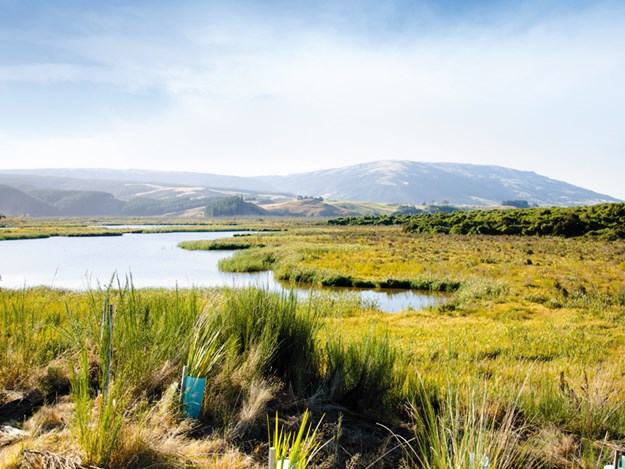
Located 50km south of Dunedin, the wetlands are an internationally renowned conservation area spanning 315 hectares. You may recall last issue our carefully planned jaunt to Lakes Waipori and Waihola had the cobblers put on it by the Otago Rally.
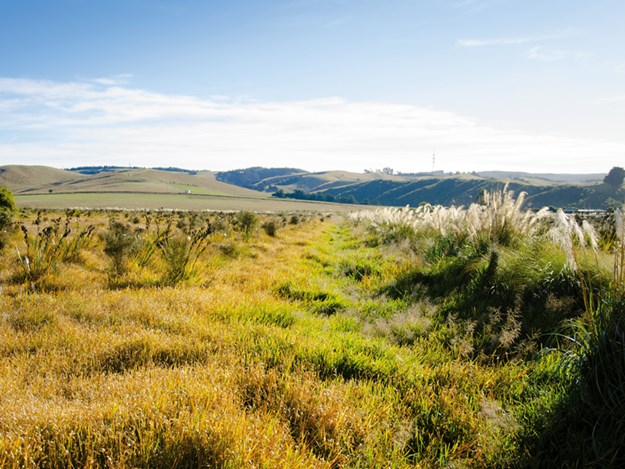 |
The wetlands stretch out over 315 hectares |
It turned out they did us a favour, as it led us to spending the afternoon at this beautifully cultivated paradise located conveniently between the two. As we arrived and paid the gold coin entry fee at the collection box, we had the whole place to ourselves on this sunny afternoon.
The question was, as we made our way along the well-maintained track, where to start? With such curious places as Lonely Island and Ram Island to investigate, we decided to explore them all, over the space of a couple of hours.
A local legacy
As well as the ‘chip-chip’ of swallows and chattering fantails which accompanied us constantly, the wetlands are home to at least 46 species of birds including scaup, swans, and many more waterfowl including the fernbird and rare threatened Australasian bittern, plus spoonbill and white heron.
The culturally significant site is named after a local farmer, the late ‘Horrie’ Sinclair, who donated land to the wetlands back in the 1980s and it’s now owned by Te Runanga o Ngai Tahu.
As we discovered when we reached Ram Island, with its delightful elevated outlook, this was also the site of an 18th century Maori pa. We descended the hill and continued our stroll along the pristine tracks and boardwalks.
On-site coordinator Glen Riley does a fantastic job at the wetlands, running management and education programmes, assisting visitors, and supervising the many volunteers who come to help.
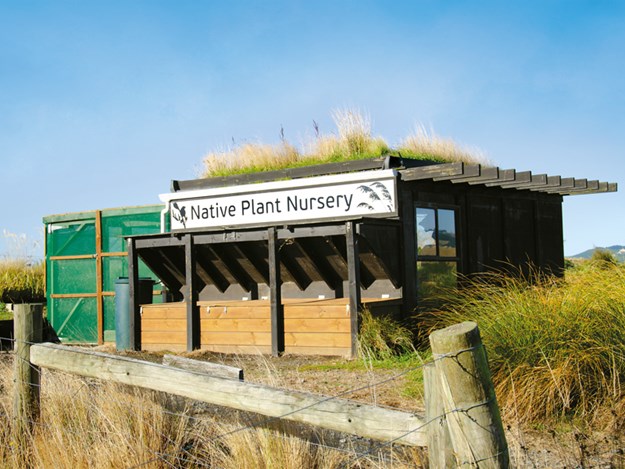 |
Want to take a piece of the wetlands away with you? Visit the nursery |
These largely comprise school and volunteer groups who all help enhance the wetlands by planting native sedges, shrubs and trees, doing weed and pest control, general maintenance and building and upgrading tracks. The wetlands also welcomes ‘voluntourists’ – people who help with all the above, in exchange for basic accommodation.
A paradise for all
Swamps and lakes; reedlands and ponds, this place is a paradise for ducking and diving waterbirds who feed on the aquatic plants. They also share it with long and short-finned eels and freshwater crayfish and mussels, as well as whitebait, native bullies, perch and trout.
As we walked along we were greeted by countless butterflies and dragonflies, and even
the spiders made their presence known, in the thousands of white nests which flanked the walkways, each containing tiny spiderlings.
Remnants of the original native bush are still found on both Ram and Lonely Islands and forest areas are also being restored, with scrub being replaced by native tree plantings such as kohuhu, broadleaf, kanuka, kowhai, lancewood, and koromiko.
With over 130 species of plants recorded at the wetlands, from flax to dense grasses, the smaller birds have plenty of room to hide from prying eyes if they so wish; however, the trees and flaxes are full of birdsong, teasing passers-by.
Along with the unmistakable calls of the tui and bellbird, and familiar backyard birds, you may also hear or see grey warbler, morepork, kereru, harrier hawk, and shining cuckoo. Even falcon can occasionally be seen passing through.
Park up for the night
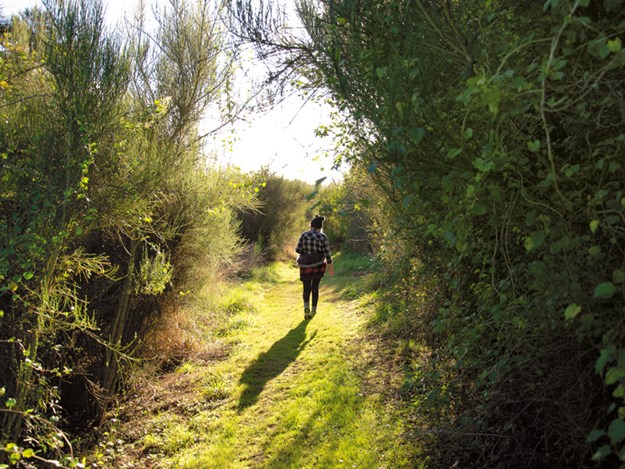 |
Sinclair Wetlands is a delightful place for all ages |
Sinclair Wetlands is a gorgeous place to visit for a leisurely stroll or a picnic, but best of all, if you don’t want to leave at the end of the day, you don’t have to! A camping area next to the carpark directly overlooks the wetlands and offers both powered and unpowered sites, as well as toilets and showers, for $8 per person unpowered and $12 per person using power.
Each site has its own picnic table and water supply and is a delightful setting, whether you are in a small or large motorhome. All management asks is that you bring the correct camp fees for the honesty box, and that you take all rubbish with you.
Dogs are not permitted, due to pest control in the area, and bikes are not allowed on the walkways, but campers are welcome to browse the wetlands at their leisure. With just four immaculately kept spots available, it’s first in, first served for the lucky few.
Peaceful and out of the way but not isolated, what better place to spend a night but here, tucked away in the cabbage trees with such a gorgeous lookout? What a privilege it is to live the way we do.
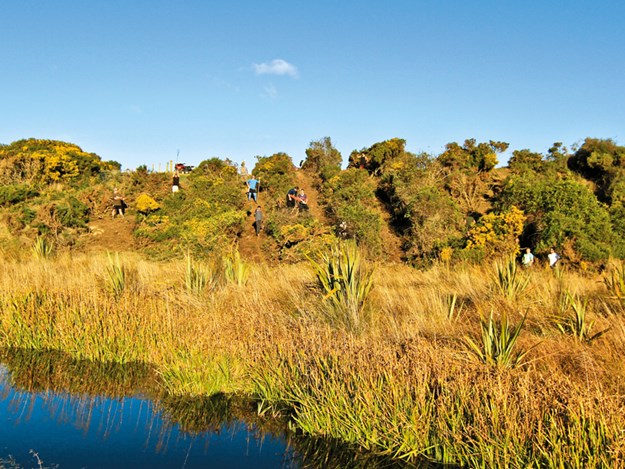 |
The wetlands are maintained and enhanced thanks to volunteers |
On this occasion we were only passing through, but we will definitely keep this beautiful place high on our list of must-stays for the future. Whether you are a lover of nature or conservation projects, or simply looking for an enjoyable place to take the family, Sinclair Wetlands is worth far more than its gold coin donation.
While we didn’t see the manager, Glen, during our visit, we have heard if you are lucky enough to spy him going about his work, he is a wealth of information and a friendly, helpful chap to boot.
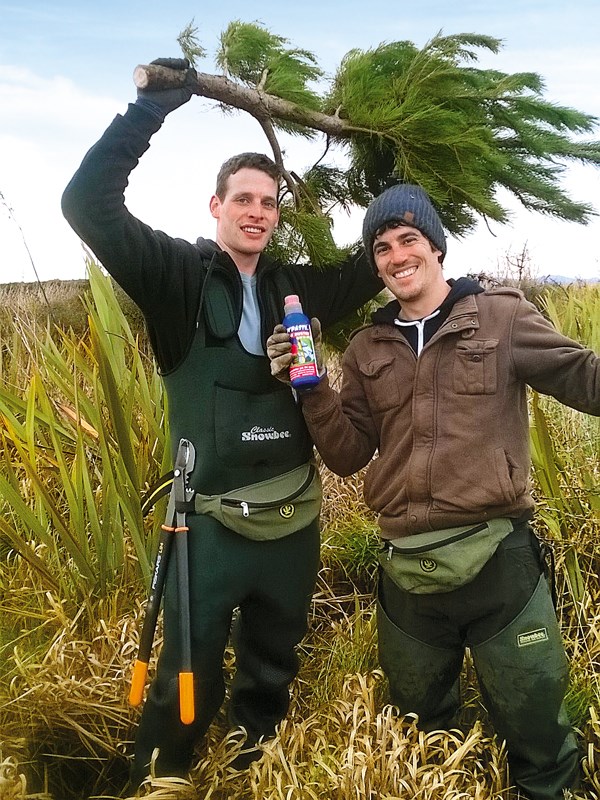 |
Volunteering is a great way to immerse yourself in nature for a good cause |
Thanks to him, and his team of dedicated volunteers, the future vision – as stated on their website – of “a restored wetland ecosystem that is ecologically diverse and nationally known for sustainable practices, community involvement and as an important Ngai Tahu mahinga kai” is well on track. Sinclair Wetlands is located at 854 Clarendon-Berwick Road, Outram. If you’re in the area, make sure you stop in. We’re so glad our detour led us here!
Stay all day!
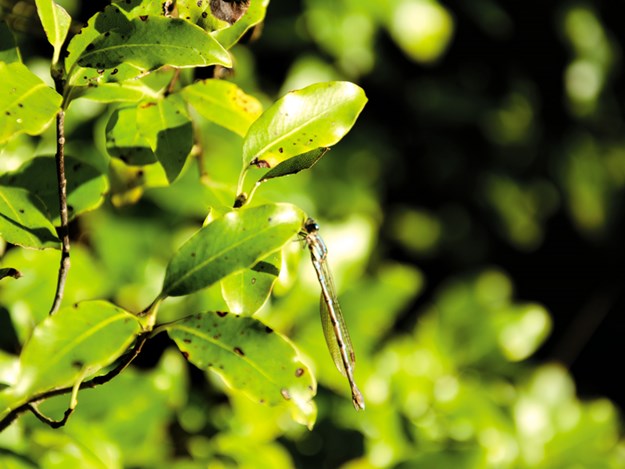
The wetlands walking tracks are open to all visitors in daylight hours, but there are plenty more activities to check out too! Here are some ideas to suit all ages. Row, row your boat. The wetlands ponds and watercourses are perfect for exploring by canoe, kayak or rowboat.
Experienced kayakers/canoers can also access the wider Waihola-Waipori Wetlands and Lakes system from the wetlands. When planning a trip, be sure to contact the wetlands coordinator first, to make sure it is a safe time to enter the wetlands and no aerial weed control or hunting is taking place.
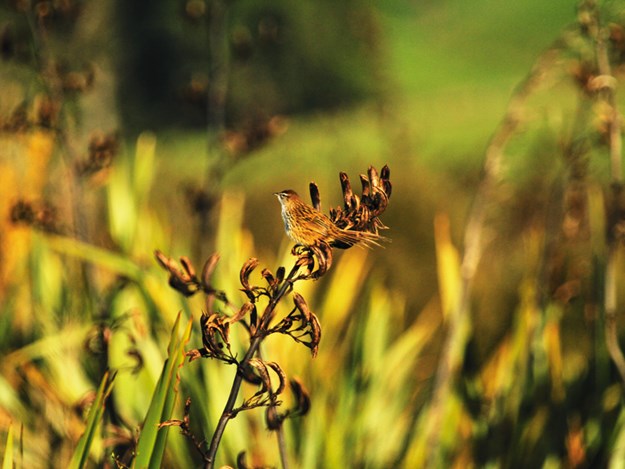 |
In the wetlands you can get up close to nature |
Family-friendly short walk. From the car park on Titri Road, you can also take the 10-minute Titri Creek Walk into the Titri wetlands. From the observation platform you can see hundreds of wading birds including marsh crakes, fernbirds, scaups and grey teals.
Who’s that bird? With so many species and rare birds at the wetlands, there may well be some you’ve never seen before. Information about individual birds can be quickly found at nzbirdsonline.org.nz, You can also enter your own bird sightings online at the eBird database, ebird.org/ebird/newzealand.
Volunteer and stay. Want to do more to help the wetlands and immerse yourself in nature? The volunteer house has five bunks (10 beds), a bathroom, fully equipped kitchen and lounge.
Or of course you can stay in your motorhome! There is always something to do; just give the wetlands a call, or email coordinator@sinclairwetlands.org.nz
Please note, the wetlands will be closed to the public on 27-28 July for duck shooting.
For more information, visit tenohoaka.org.nz/





